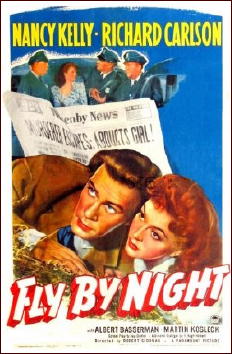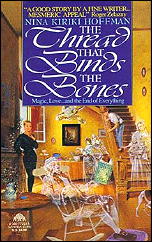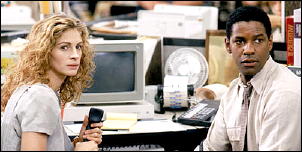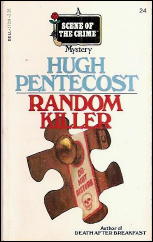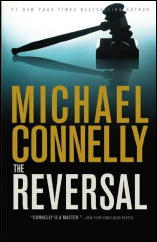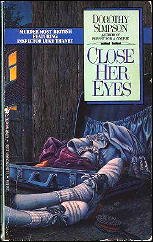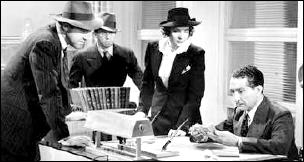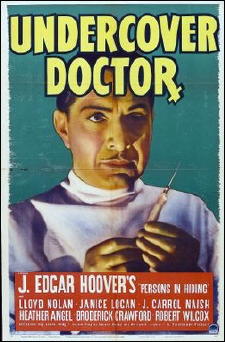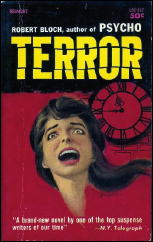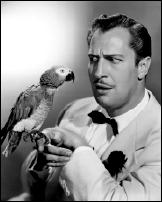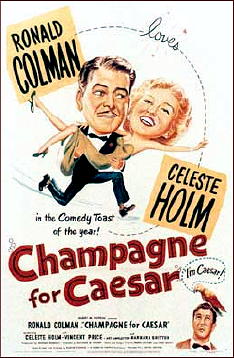Mon 27 Jun 2011
FLY-BY-NIGHT. Paramount Pictures, 1942. Richard Carlson, Nancy Kelly, Albert Bassermann, Miles Mander, Edward Gargan, Adrian Morris, Martin Kosleck, Walter Kingsford, Cy Kendall, Nestor Paiva, Marion Martin, Oscar O’Shea, Mary Gordon, Clem Bevans. Based on a story co-written by Sidney Sheldon. Director: Robert Siodmak.
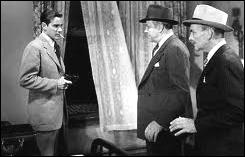
It was a cold and stormy night. The lightning crashes, the thunder rolls, and the rain is coming down in torrents. The gates of the Riverford Sanitarium are locked up tight. Nonetheless one of the inmates, locked up behind steel bars, kills a guard and makes his way over the wall.
Eluding the guards on his trail, he finds his way into Dr. Burton’s car — temporarily out of gas and marooned — and at gunpoint forces the young physician to aid and abet his getaway. He’s no maniac, he tells the doctor. He works for a famous chemist who’s invented a substance called G-32 that a gang of spies are determined to get their hands on.
Leaving the hotel room where they’ve holed up at for a short moment, Burton (an equally young and very earnest Richard Carlson) returns to find the man dead, murdered by one of his own scalpels. Do the police believe a word of this? Not for a minute.
Now on the run himself, Burton commandeers the aid of a young and beautiful brunette (redhead?) staying in a room below, a sketch artist named Pat Lindsey (Nancy Kelly, to those of us who’ve read the credits). And they’re off and running, in one of the most amusing screwball mysteries I’ve had the occasion to watch in a long long while.
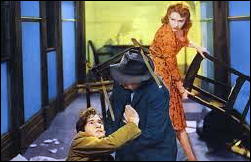
Not laugh-out-loud funny, but amusing in the sense of a smile to yourself when another “I can’t quite believe this†scene comes along. Besides their finding a secure hideaway with a rustic justice of the peace and his family, who have their own ideas as to why they’re on the run, there’s some absolutely top notch stunt work involved, as the pair jump from the lady’s automobile they’re driving, up onto a car carrier filled with new cars, hopping into one of them, then releasing it backwards onto the highway, all while going full speed away from both the police and the gang that’s not far them.
Whew! This movie was not at all what I expected from the opening scene, which I described in a lot more detail than I will the couples’ further quarreling adventures, which I will leave to you find and discover on your own, and delightfully so, if you do.
Of the cast, most of them were only names to me. Richard Carlson, of course, and Nancy Kelly (sister of Jack Kelly) who later on won a Tony and was nominated for an Oscar, but the others, while they were all terrific in their parts, they don’t win awards for movies like this one. (But maybe they should.)
